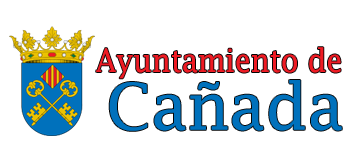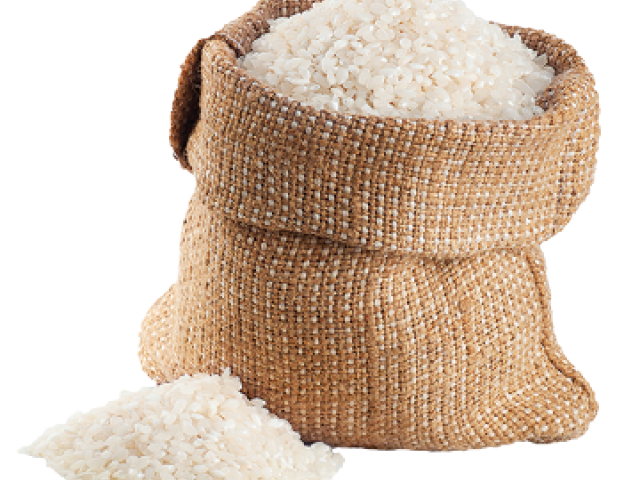Ruta de la Calera (SL-CV 76)
Ruta de la Calera (SL-CV 76)
When crossing the Marqués’ terraces, we can see the remains of the retaining walls made of masonry and with the traditional technique of dry stone. After passing the Portixol (or the Calera) and crossing the Camí de Rafael el Xato and reaching the Racó de Bellod, the walker goes up to the Cabeço de la Mina, an old silver mine from the 16th and 17th centuries. From this point you can enjoy magnificent views to finally reach the Shrine of Our Lady of Carmen.
Points of interest: Ermita del Carmen, La Creueta, Altet de les Salves, Micro flora reserve (Casa Refugio), place of Calera.
Route: 7.50 kilometers. Maximum duration of
the entire route: 180 minutes.
Difficulty: Low.


